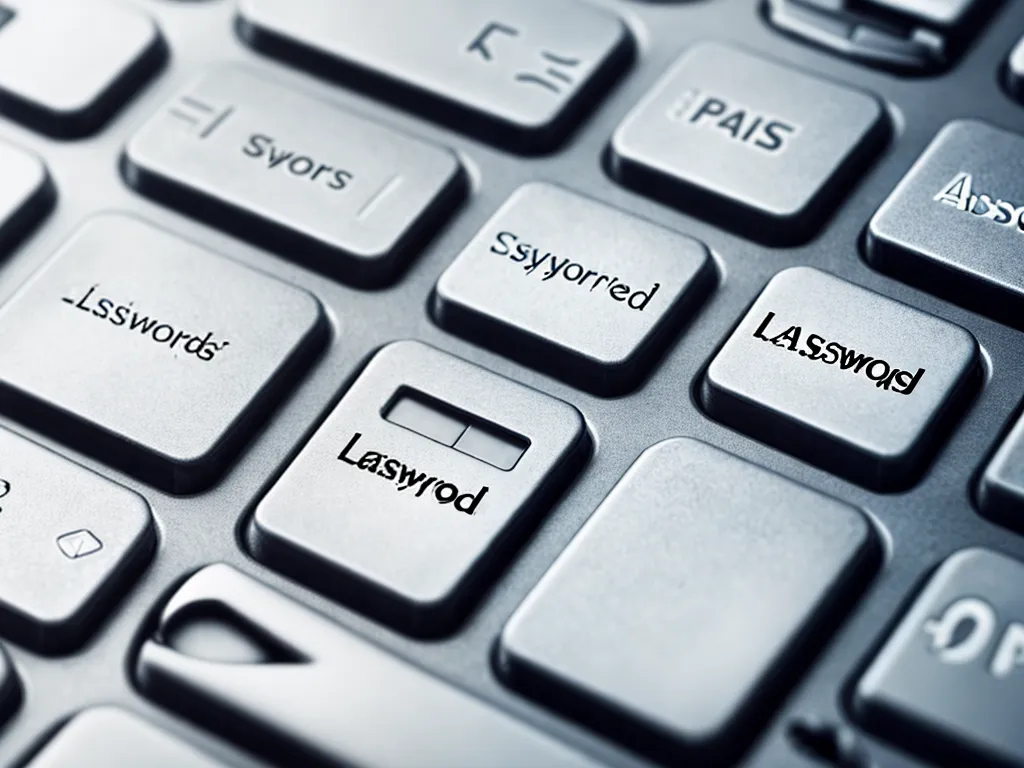
Passwords are an essential part of our digital lives. They protect our sensitive information and accounts. But if not managed properly, passwords can also pose security risks. Follow these best practices to store your passwords securely.
Use a Password Manager
A dedicated password manager is the most secure and convenient way to store passwords. I recommend using a password manager like 1Password or LastPass.
Password managers allow you to:
- Store all your passwords in one encrypted vault
- Generate strong random passwords for each account
- Log into sites automatically by auto-filling passwords
- Sync passwords across devices
The master password for your password manager vault should be unique and very strong. Enable two-factor authentication for additional security.
Use Strong Unique Passwords
Here are some tips to create strong unique passwords for your accounts:
- Minimum 12 characters in length
- Mix of uppercase, lowercase, numbers and symbols
- Avoid dictionary words and personal info
- Unique for every account
- Use passphrases for better memorability
A password manager makes it easy to generate and store strong unique passwords.
Avoid Unsecure Password Storage
It’s risky to store passwords in plain text files on your devices. Avoid saving passwords in:
- Browsers
- Spreadsheets
- Notes apps
- Unencrypted documents
These methods put your passwords at risk of theft and hacking. Use a password manager instead.
Don’t Reuse Passwords
Password reuse is a major security risk. If one site is breached, attackers can access your accounts on other sites.
- Create a unique password for every account.
- Use a password manager to keep track of unique passwords.
- If you’ve reused any passwords, change them immediately.
Enable Two-Factor Authentication
Enable two-factor authentication (2FA) for an extra layer of security:
- You log in with your password and a temporary code
- The code is generated via email, SMS, authenticator app or hardware key
- 2FA prevents access if your password is compromised
Activate 2FA on important accounts like email, banking, social media.
Be Wary of Phishing Attempts
Attackers try to steal passwords through phishing attacks:
- Fake login pages to capture your passwords
- Emails with malicious links
Check the URL and sender details carefully before entering credentials. Avoid clicking suspicious links.
Change Passwords Periodically
- Change passwords every 90 days for better security
- Also update passwords immediately if an account is compromised
- Your password manager can remind you to change passwords
Periodic password changes reduce the risk of leaked credentials being misused.
Take Backup of Password Manager Vaults
Take regular backups of your password manager vault:
- Backup to an encrypted external drive
- Store a copy on a secure cloud storage service
- Backup allows recovery if anything happens to your devices
Keep the backups securely locked away from prying eyes.
Conclusion
- Use a dedicated password manager app for secure storage.
- Create strong and unique passwords for all accounts.
- Enable two-factor authentication wherever possible.
- Avoid reusing passwords across sites.
- Change passwords periodically.
- Take backups of your password manager vault.
Following these password security best practices diligently will help keep your sensitive information and accounts safe from unauthorized access.












